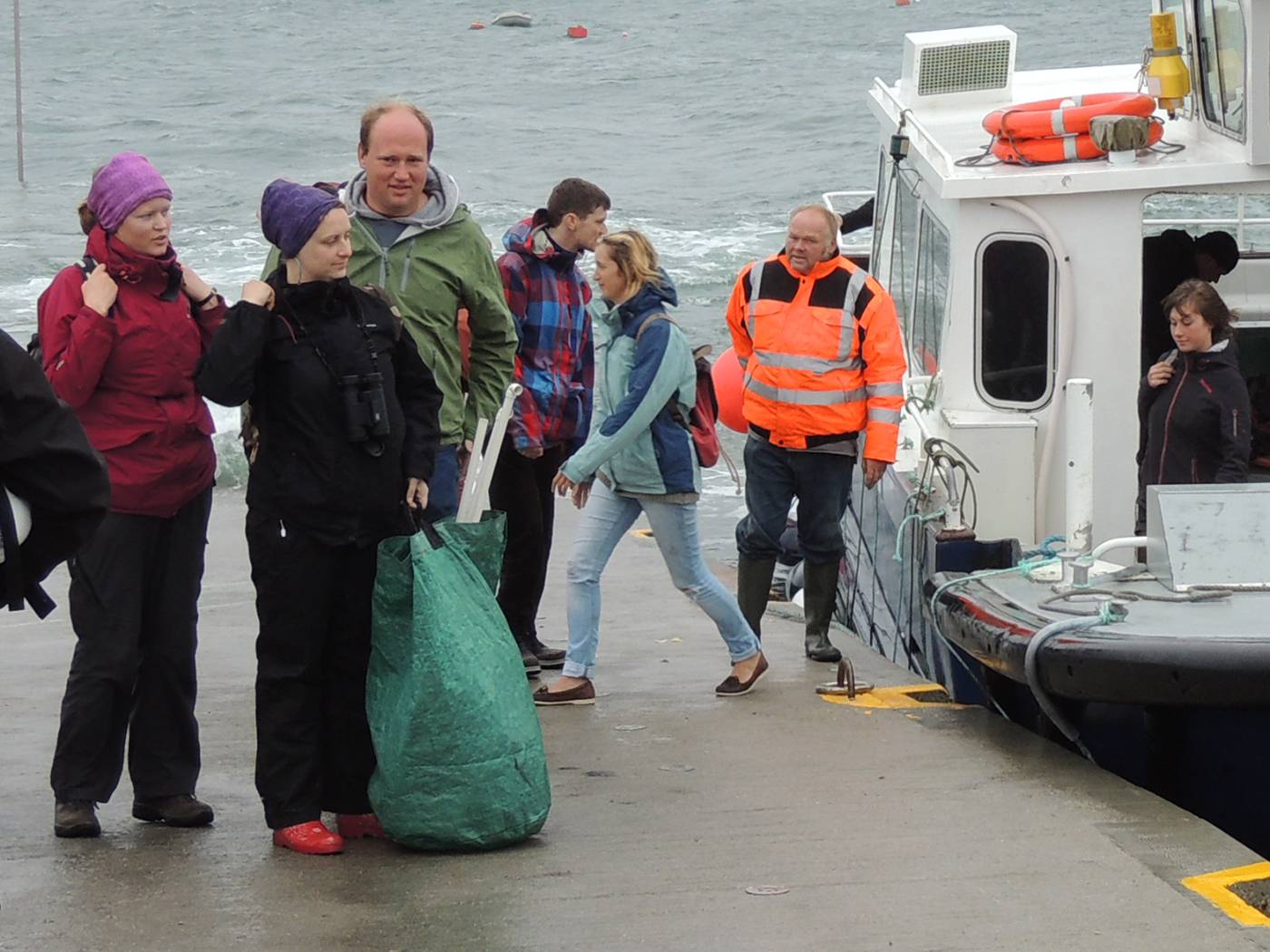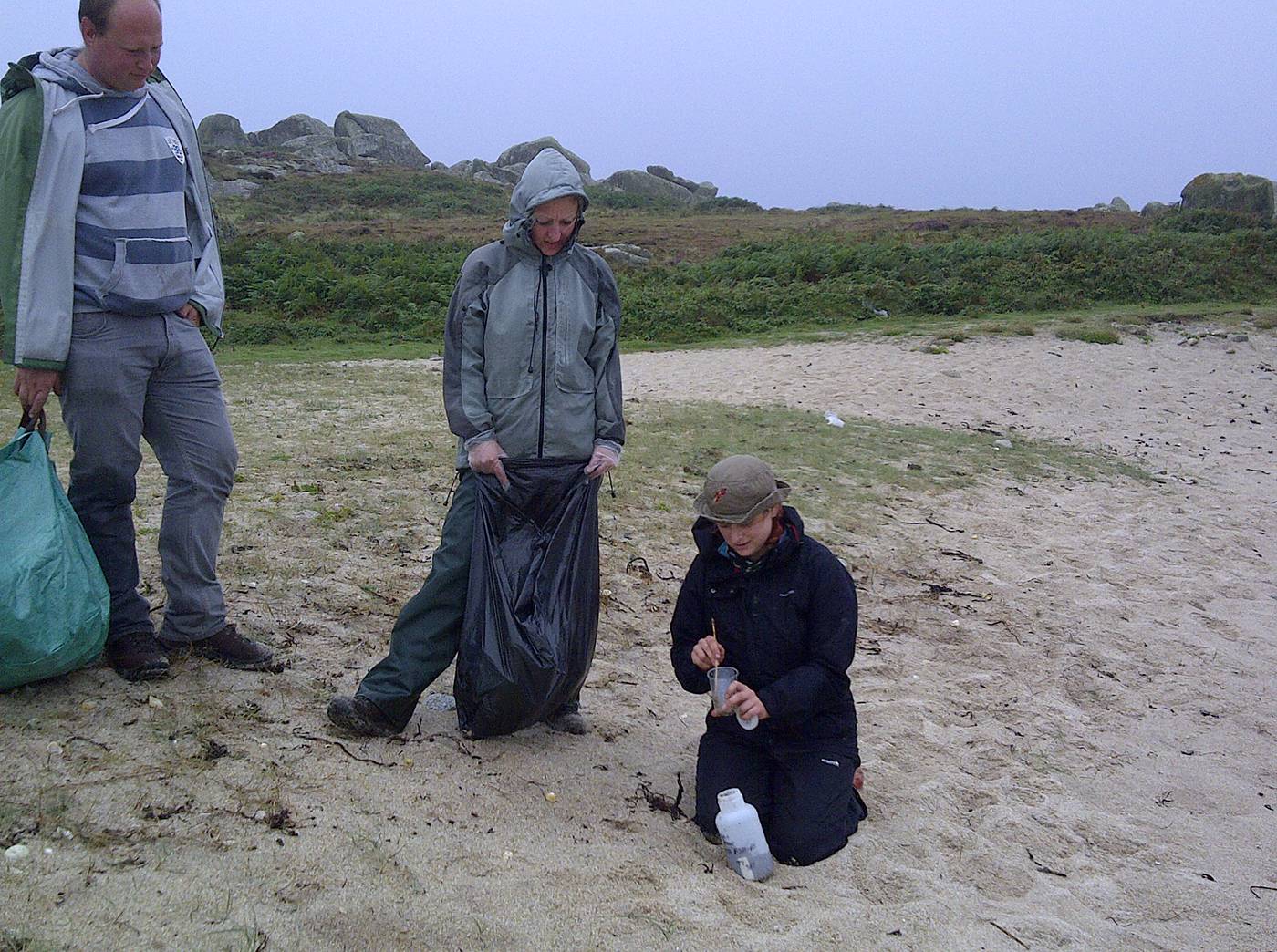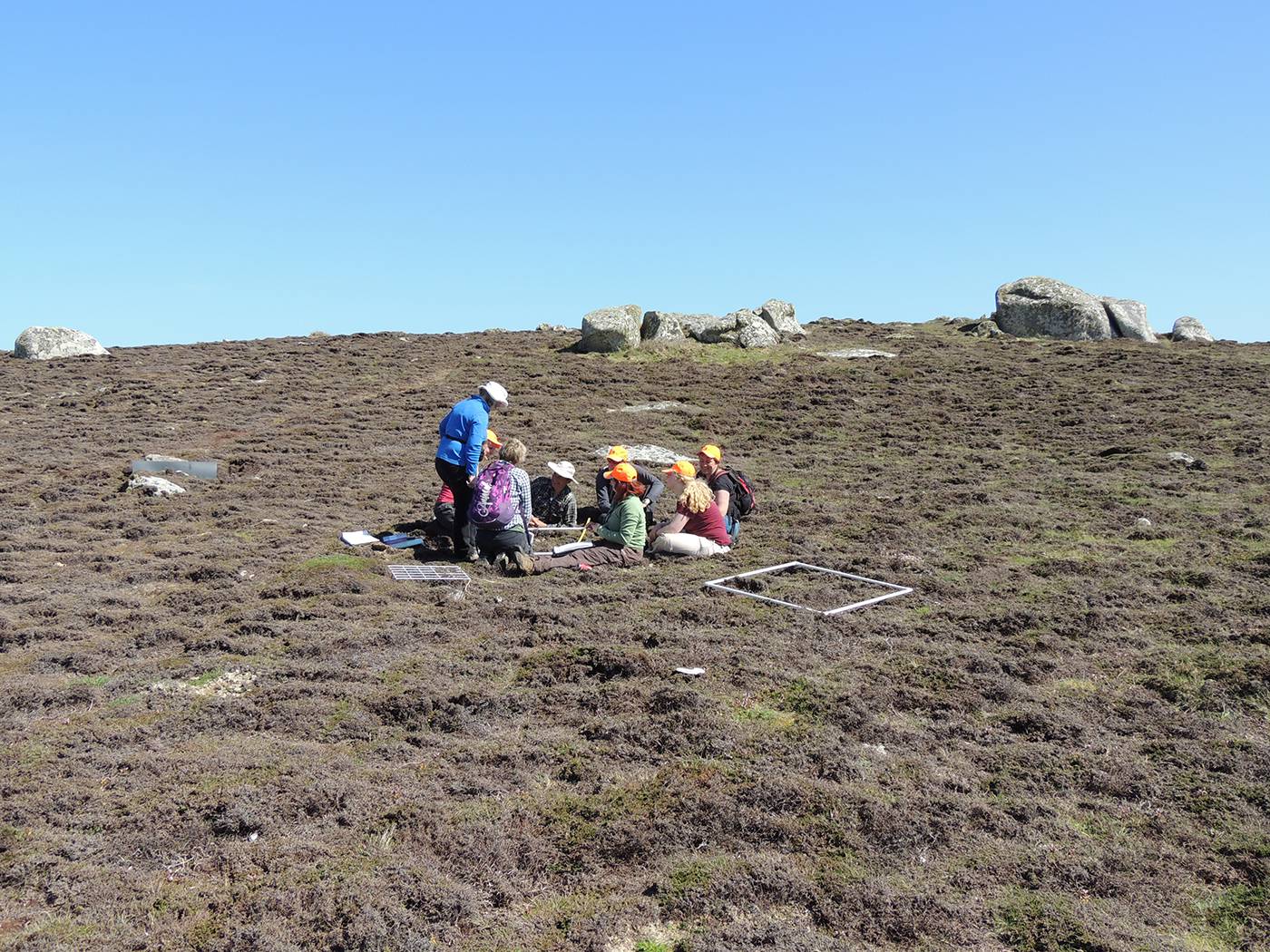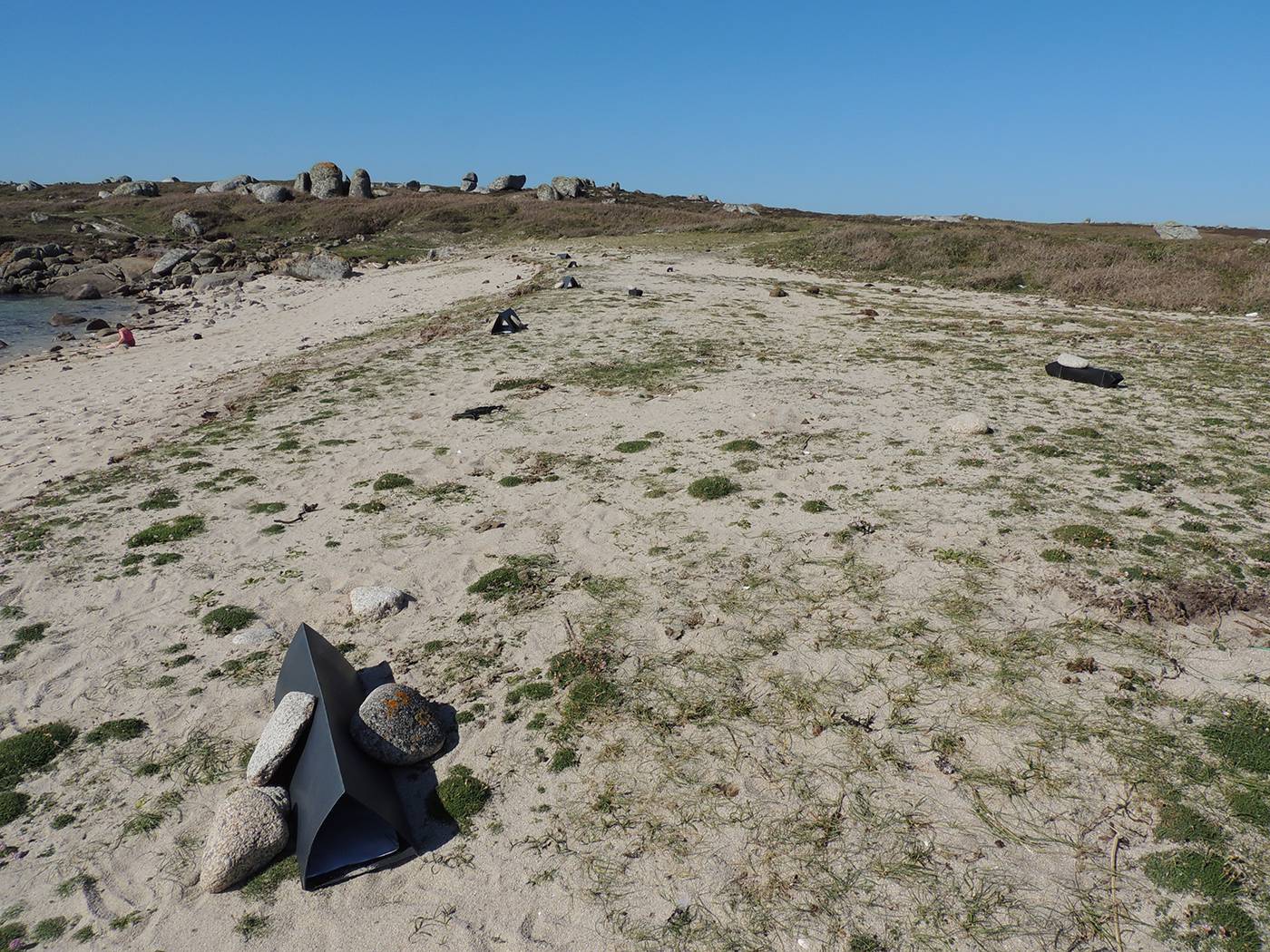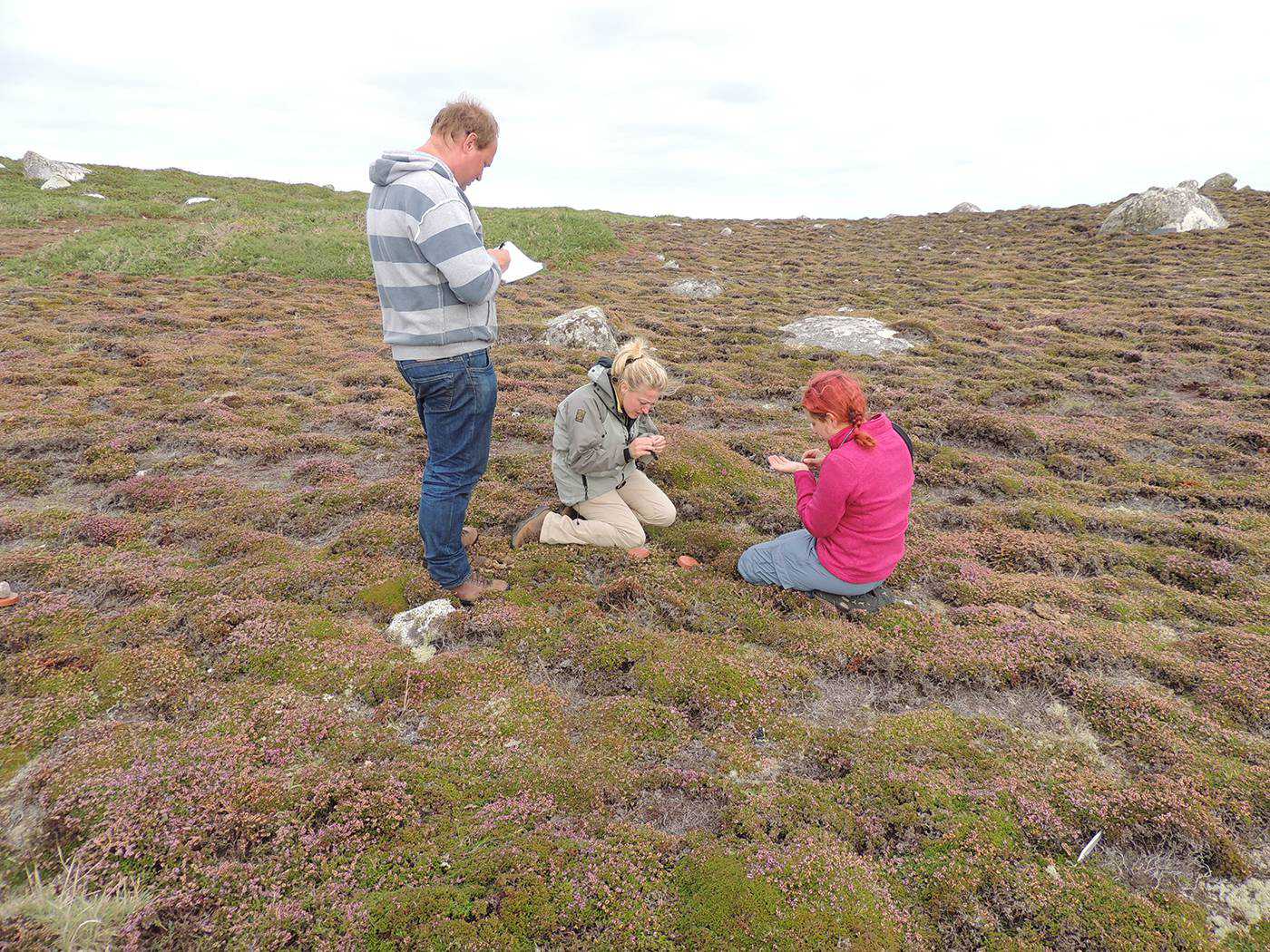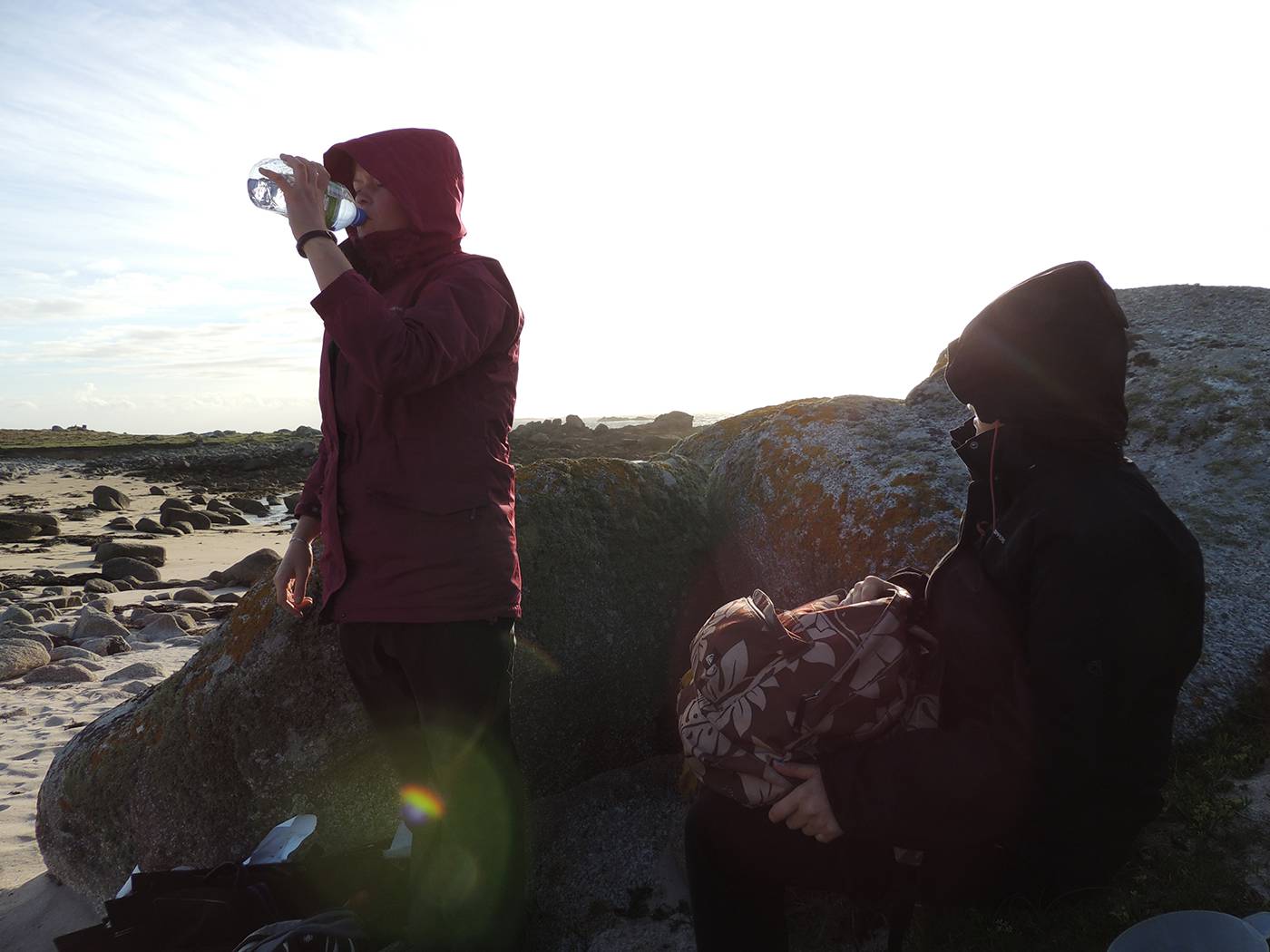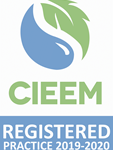Celebrating 21 years delivering clear, impartial and accurate advice on environmental planning for land use and development.
Isles of Scilly Seabird Recovery Project
We were delighted to have been chosen in 2013 to set up the monitoring programme for the Isles of Scilly Seabird Recovery project. This partnership project aims to protect the seabirds in Scilly by keeping St Agnes and Gugh and the uninhabited seabird islands ‘rat-free’. Spalding Associates were chosen for this prestigious project because of our knowledge of the Isles of Scilly and our reputation for scientific expertise.
We were contracted to carry out baseline surveys on the islands of St Agnes, Gugh and Bryher to a defined methodology. The surveys targeted invertebrates, birds, rabbits, plants, Scilly Shrews and fixed point photography. The project was based on surveys associated with four habitat types: European gorse scrub, maritime/coastal grassland, heathland and foreshore. The complete tranche of surveys were carried out on all three islands with the exception of rabbit surveys on Bryher (rabbits are not present on Bryher). The project aims to compare wildlife communities before and after rat removal for each island to see how the communities change. The island of Bryher was chosen as the control site (there was no rat removal programme here) – changes on St Agnes and Gugh not seen on Bryher would suggest that the cause of change was at least partly due to the removal of rats. We also trained project staff, volunteers and partners in the techniques necessary to continue the monitoring programme in 2014 and beyond, working closely with the community of St Agnes and Gugh.
A huge amount of data has been collected and collated for 2013 and 2014. For example, 8,195 invertebrates were sorted on St Agnes alone in 2013, increasing to 19,959 in 2014. We also found a number of new beetles for St Agnes and Gugh and a new species for the Isles of Scilly. Numbers of Scilly Shrew increased dramatically on Gugh and also on St Agnes. Although their main predators on the Isles of Scilly are thought to be kestrels and domestic cats they are also eaten by rats; during the dissection of the stomach contents of 50 rats 18% were found to contain the remains of Scilly Shrew. Numbers declined on Bryher, so that we can be pretty sure that increases on St Agnes and Gugh are due directly to the rat removal. The numbers of Lawnhoppers went down on St Agnes; they are fed on by Scilly Shrew so changes in their abundance might be due in part to changes in the abundance of Shrews. The changes in key bird species assemblages was harder to analyse, as they were stable or increasing across all three islands, indicating that rat removal was not necessarily the cause for this increase. However, the success of the Project has been shown by the return of the ground nesting Manx Shearwater to Gugh and St Agnes, the first young chicks in living memory!
The team from Spalding Associates very much enjoyed participating in this successful project. We met a lot of new people, one of whom (Amy Horn-Norris) has now joined the company. We had great co-operation from Bryher Boats, Covean Guest House, the Isles of Scilly Steamship Company, St Agnes Boating and Troytown Campsite. We were please to sponsor the project in a small way by donating additional mammal ink traps (Gotcha Traps from Wellington, New Zealand) at a cost of about £450. We look forward to returning to the Islands in subsequent years to help monitor the success of the Project.



